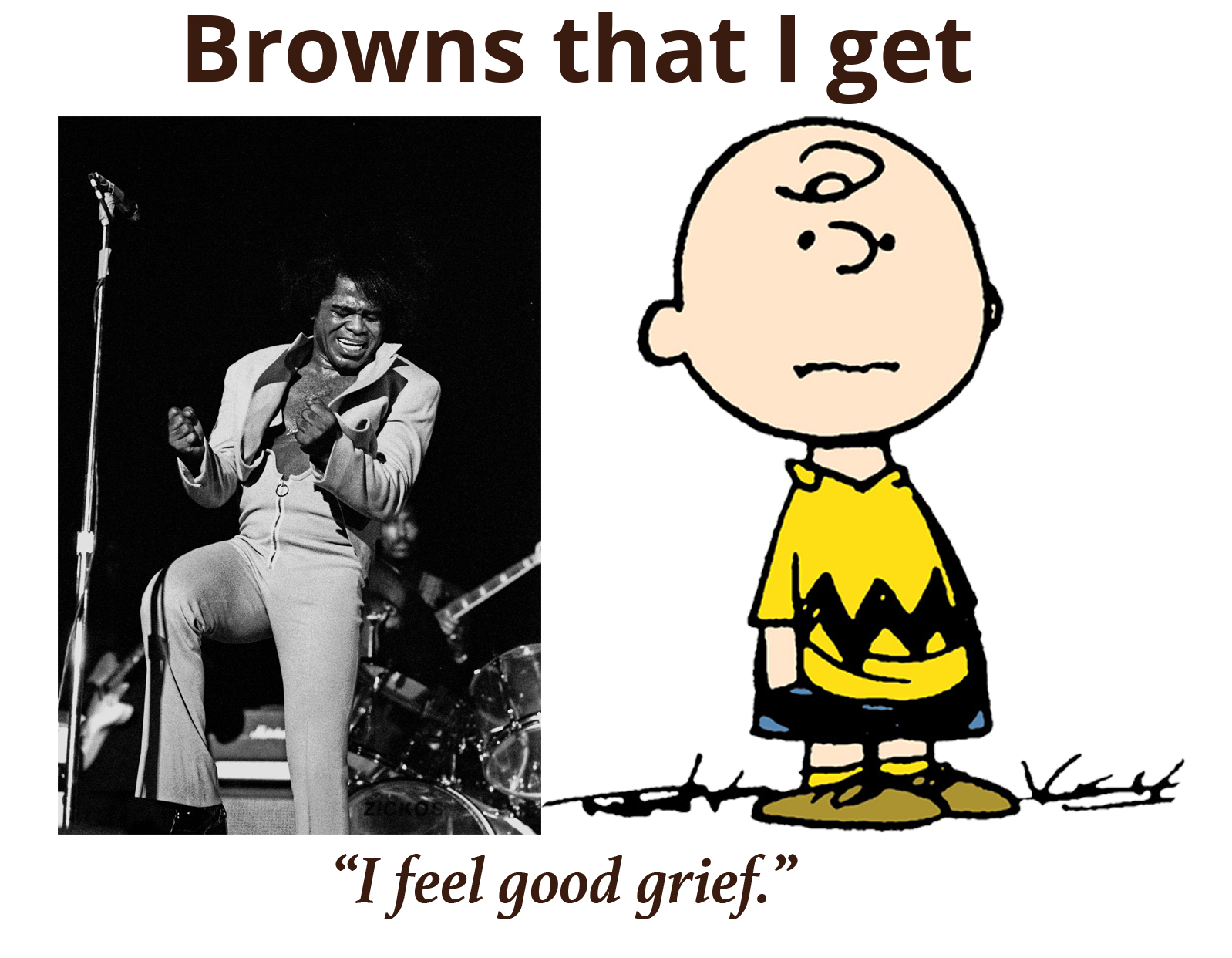Do you speak Indian?
As an Indian-American, I was asked this question fairly often growing up. I explained that “Indian” is not a language, and in fact India has 14 main languages, and the language they're likely thinking of is Hindi, the national language. My 16 year old cousin is regularly asked the same question, nearly 20 years later.
Since President Lyndon Johnson signed the 1965 Immigration Act, Indians in America have been steadily growing in both number and prominence, but a twenty year gap and an unprecedented access to knowledge at our fingertips has yet to bring even the simplest awareness within arms reach. In a way, ours is an ethnic group that’s here and is accepted (depending on who you ask), but not known. In many ways an afterthought, or footnote. Even Donald Trump was nine months into his campaign before insulting us(1).
Growing up in New Jersey, I have memories of local politicians attending Indian community events and praising our contributions to America, mostly advances in science, medicine and technology. In the last 10 years though, Indians in America have shown up in places not commonly associated with our community, some good and some not-so-good: A financial scandal where both assailant and prosecutor(2) were of subcontinental origin, the first Indian origin Miss America who performed a Bolly-fusion dance in all its hyphenated glory, along with an Indian-American politician waging an an all-out offensive on the hyphen(3) itself.
The mainstream is certainly warming to South Asian culture, and including more of it, however, there still exists gaps of raw knowledge. A slate.com article that covered a Tonight Show sketch(4) of comedian Aziz Ansari lampooning Governor Bobby Jindal’s presidential bid made a telling choice. In the article, they added an image caption assuring readers Ansari was not in fact, the real Gov. Jindal(5). In other words, while they felt the subject newsworthy, they could not be 100% certain the audience knew both the dispenser and target of the satire.
There was also the embarrassing moment(6) of Congressman Curt Clawson assuming two U.S. Officials were visitors from the Indian government, and even during Khizr Khan’s emotional DNC speech, after describing him and his wife as “patriotic American Muslims(7),” the video feed cut away to a Sikh man.
The disconnect can be distilled to one word: brown. Sometime after the new millennium, our community colorized ourselves and “brown” became an identity. The word became common place in casual conversation, comedy bits, blogs, hashtags and other social media. When the umbrella term for a group is a color, any nuances between the group members immediately are pushed to the wayside.
Having lived in a pre-"brown" era, I've often pondered why we had chosen the monicker now, after residing in the country for three decades. Furthermore, why by us?, considering there was already a pre-existing community of “brown” people in the United States well before us, but settled in with terms like “Hispanic” and “Latino.”
9-11 had a significant role, after the horrific events, something happened that we collectively hadn’t experienced before on a national scale. To many, we were considered threats to well-being and safety, not only personally, but to the country existentially. Having such assumptions newly draped on you is significantly different than being called a “job-stealer” or stereotyped as running a 7-11.
The connection between a “brown” identity and 9-11 became more clear when researching my documentary film, Not a Feather, but a Dot. I learned the NYPD Desi Society (first South Asian police fraternal organization) grew out of police officers seeking to connect and organize with other South Asian officers in the wake of 9-11.
Every election year, one issue above all surfaces as a primary issue and this year, it’s Americanness itself. South Asians are very much a part of that fabric, but it’s an incomplete integration if we’re brought in as “brown” rather than our more nuanced identities. Forsaking knowledge for acceptance is ultimately a losing trade, and we could be marching towards a day where a young South Asian child is asked by a classmate, “Do you speak brown?”
Links:
www.mediaite.com/online/donald-trump-does-impression-of-indian-call-center-worker-at-rally/
www.newyorker.com/magazine/2011/06/27/a-dirty-business
thehill.com/blogs/blog-briefing-room/news/239318-jindal-tired-of-the-hyphenated-americans
https://www.youtube.com/watch?v=smkTeYvgCwc
www.slate.com/blogs/bad_astronomy/2015/11/18/bobby_jindal_anti_science_gop_candidate_mocked_on_the_tonight_show.html
www.huffingtonpost.com/2014/07/25/curt-clawson-indian-officials_n_5622078.html
https://youtu.be/ahr4klZGrOQ?t=3m37s
Image Credits


